A Toast to Canadian Wine
As Canada Day approaches, we celebrate changemakers in the industry.
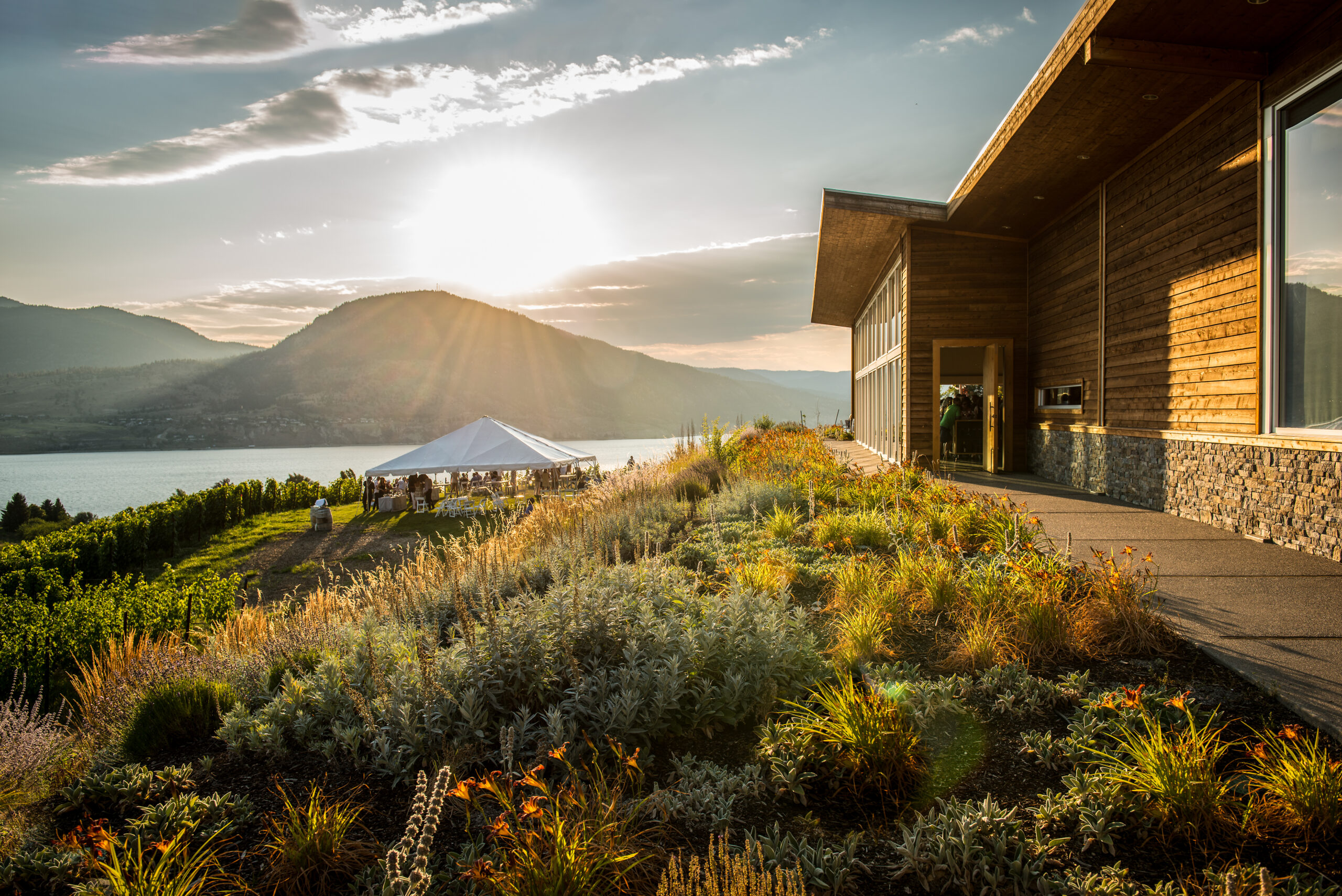
Poplar Grove Winery
Though Canada is not necessarily associated with its wine industry, with exception of a handful of world-class icewines, homegrown and produced Canadian wines always seem to make their mark in international competitions, encouraging the world to take notice.
Canadian winemakers continue to produce exceptional wines, even through bouts of recent cold snaps, heat waves, and wildfire smoke, far and wide (O Canada). Below are a few wineries from across the country that we think deserve a round of applause, as we raise a glass to Canada’s thriving wine industry and the brilliant minds behind it.
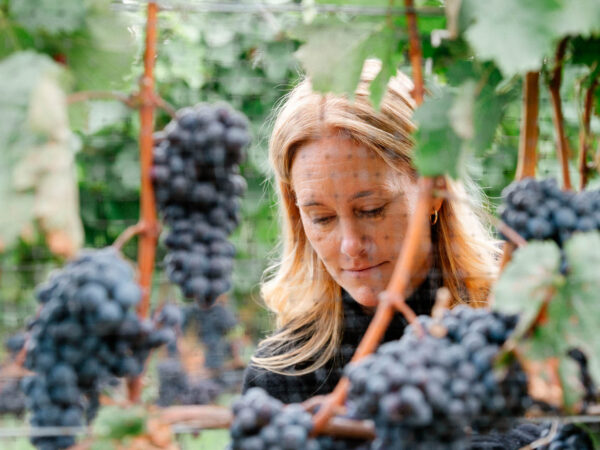
Photo by Nataschia Wielink
The New Matriarch of Niagara Wine
If Ontario’s Niagara region is a rising star in the wine world, then Mason is the gas that fuels its flame. Hot on the heels of the peninsula’s recent renaissance—led by the likes of Francois Morissette of Pearl Morissette, Jean-Laurent Groux of Stratus Vineyards, and Thomas Bachelder of almost innumerable projects—second-generation star winemakers such as Mason are starting to remake estates in their own discerning image. —John Clegg
___
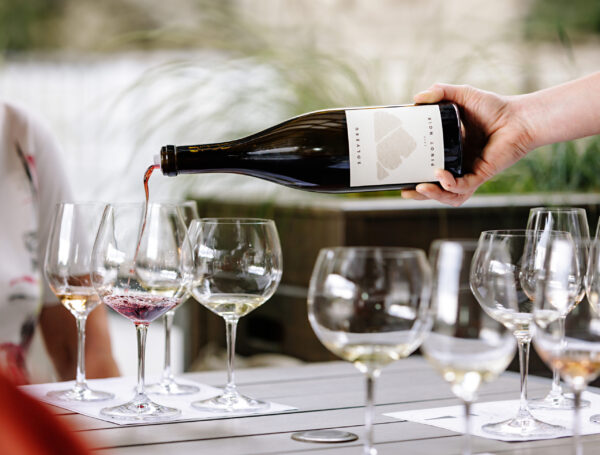
This New Okanagan Winery Is a Pinot Lover’s Dream
Making wine from pinot noir and chardonnay vines Matt Sartor planted in 2016 and 2017, Alison Moyes, winemaker and general manager at Solvero Wines, is heading a winery as ambitious as it is young, and one that, having only made its first full release earlier this year, already shows great promise. —John Clegg
___
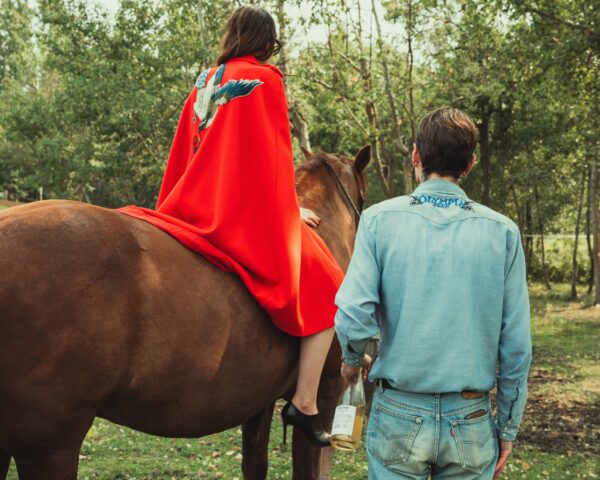
Photo by Jonathan Timms
For Gabriella Bergsten, the Natural Wine Movement Is a Women’s Movement
Establishing Garneau Block in 2019, Bergsten didn’t enter the wine industry with an explicit aim to promote women winemakers. As an MSc candidate in public health at the London School of Hygiene and Tropical Medicine, she realized the toll single-use plastics have on the environment. Combined with some dashes of grad school burnout and wine nerdery, this led Bergsten to leave the program for the world of natural wine, where she felt she could make a tangible difference to drinking habits and their effect on the environment. —John Clegg
___
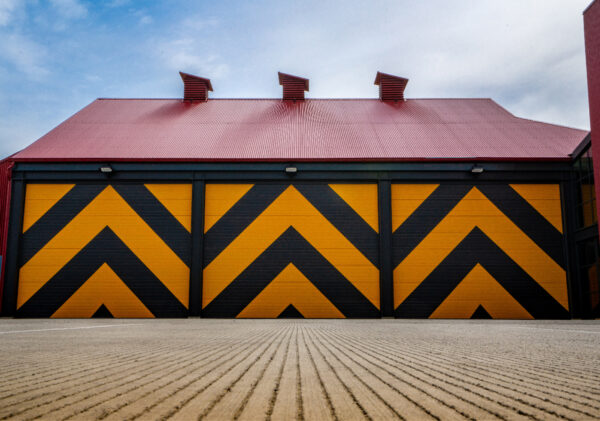
Photo courtesy of Red Barn Winery at Jagged Rock
Red Barn Winery at Jagged Rock
High up on the Black Sage Bench, in almost 400 acres of vineyard, there is a barn so red that it can be seen clearly from the other side of the Okanagan Valley. Get closer by driving down the dirt road running through the vineyard, though, and you’ll find the opposite is true. Inside and out, Red Barn Winery at Jagged Rock is as futuristic as they come, where the team led by winemaker Kaylee Barss has just started crafting some of the most forward-thinking wines to come out of the Okanagan in years. —John Clegg
___
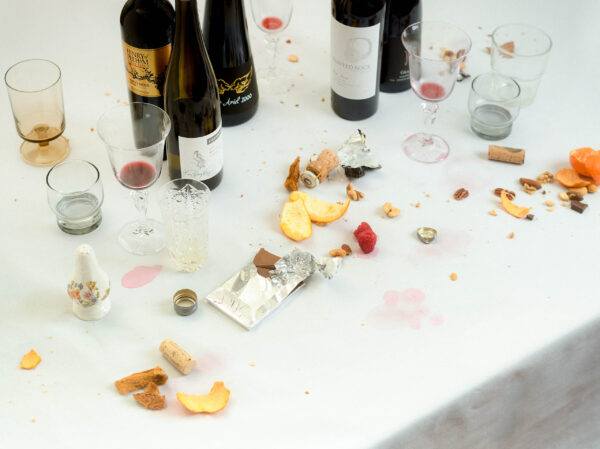
From left: Henry of Pelham Lost Boys Baco Noir 2020; Cave Spring Riesling CSV 2018; Summerhill Cipes Ariel 2000; Painted Rock Red Icon 2018; Flat Rock Cellars Gravity Pinot Noir 2019.
The Rich Diversity of Canada’s Top Wines
In Canada the term “icon wine” is rarely used, but almost all producers make a flagship wine they could call an icon if they wanted to. Okanagan Valley’s Painted Rock Estate actually brands its top blend of Bordeaux varieties Red Icon, while Mt. Boucherie Estate describes Summit, a red blend, as “the pinnacle of everything we do.” All such wines are made in limited volumes largely because most Canadian wineries are small producers. —Rod Philips
___
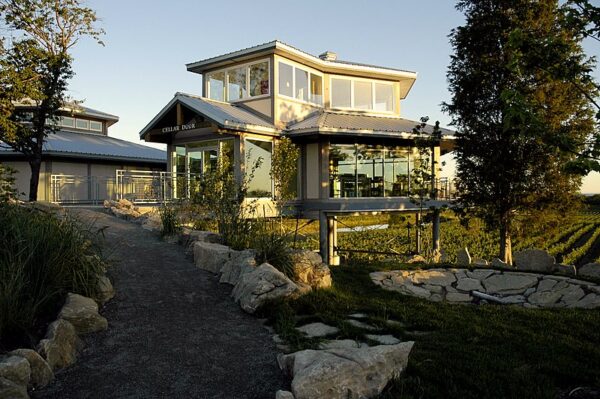
An Ontario Riesling That Rocks the World
One of Niagara’s most reliable wineries for almost two decades, Flat Rock is anything but resting on its reputation. It is experimenting with new styles, such as an orange wine made from riesling and gewürztraminer, as well as a new range of labels. —Rod Philips
___
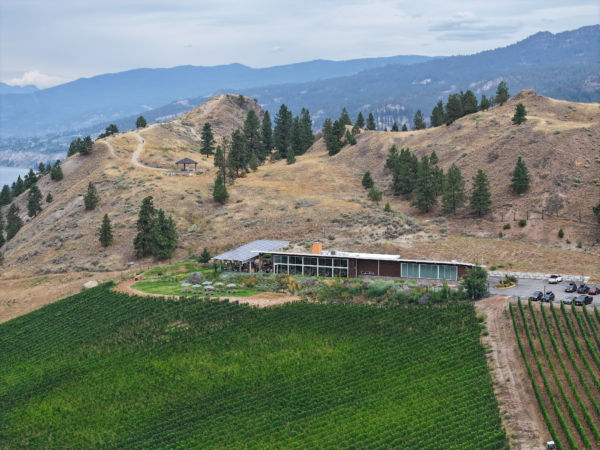
Poplar Grove’s Slow Road to Success
Tony Holler, who has owned the Naramata Bench’s Poplar Grove Winery along with his wife, Barb, since 2007 (it was founded in 1993), takes a remarkably unhurried approach. It is already well-known for waiting painstaking amounts of time to release many of their red wines, but Holler thinks they can wait longer. Following a recent visit to Château de Beaucastel, one of the great estates of the Southern Rhône, where he was able to taste wines from the past 50 vintages, he is planning an expanded cellaring program at the winery. “It struck me that no one in the Okanagan does this. No one cellars their wines and does a release at 10 years,” says Holler. —John Clegg
___
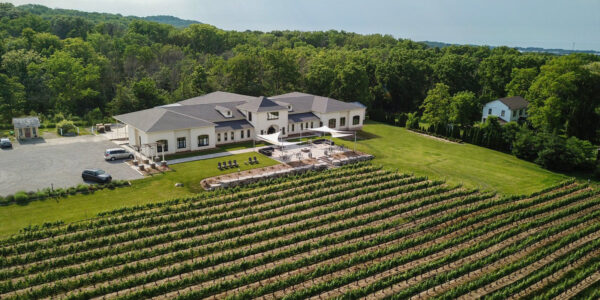
Ontario’s Rosewood Estates Reinvents Its Wines and Mead
Adding a single skin-fermented white wine (aka orange wine) or a low-intervention wine (often known as natural wine) to a portfolio of conventionally made wines has become common. But Ontario’s Rosewood Estates Winery has undergone a remarkable transformation by adopting low intervention production for almost all its wines. —Rod Philips




